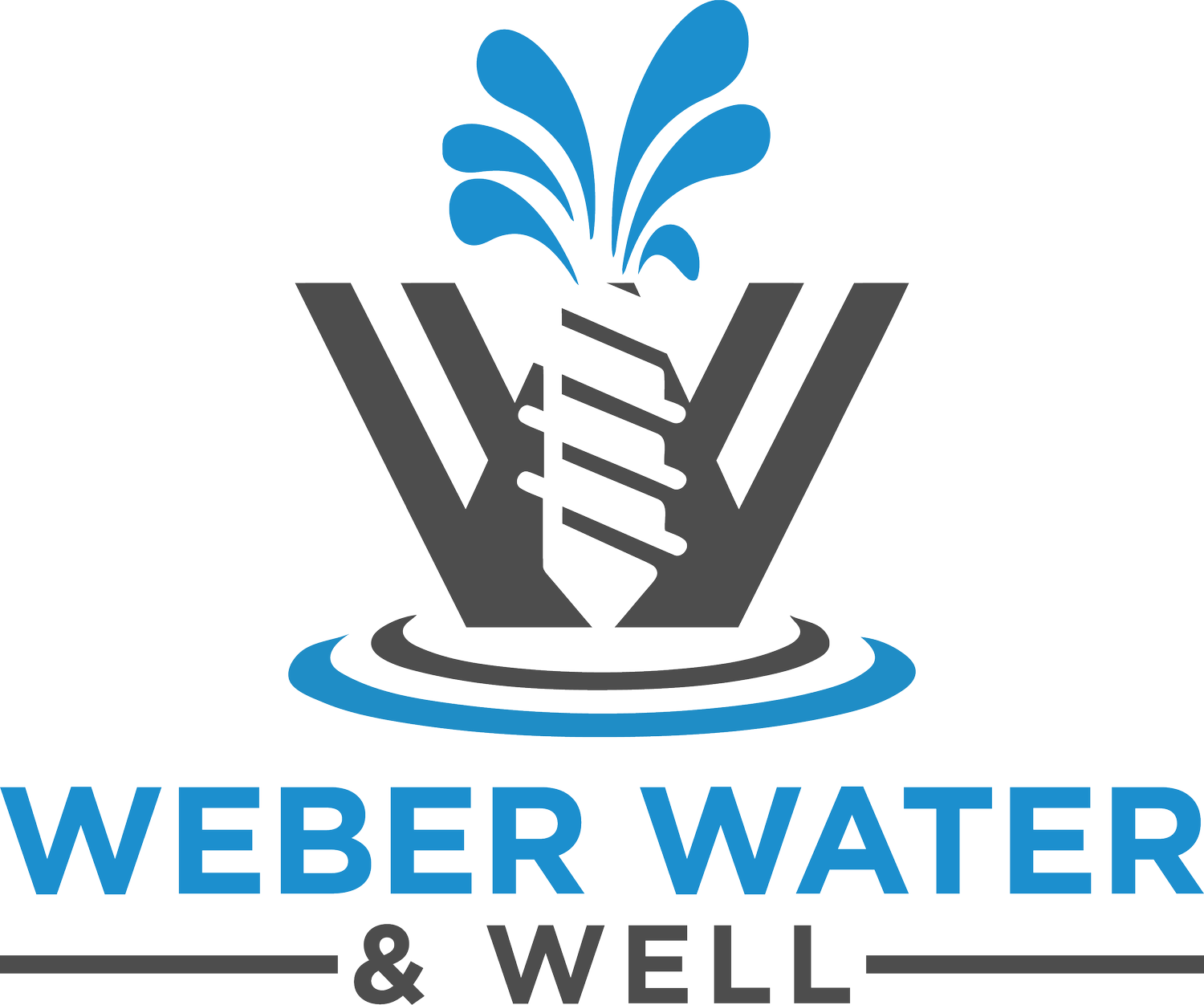Troubleshooting Common Issues in Water Purification Systems
Water purification systems are a crucial part of ensuring that our drinking water is safe and free from contaminants. However, like any equipment, these systems can encounter issues that may compromise their effectiveness. This blog will guide you through some common problems you may face with your water purification system and how to troubleshoot them effectively.
Understanding Your Water Purification System
Before diving into troubleshooting, it’s essential to understand the components and functions of your specific water purification system. This knowledge will help you identify issues more effectively.
Most systems include a combination of filters, membranes, and sometimes UV lights. Each part plays a critical role in removing contaminants. Familiarizing yourself with these components is akin to knowing the pieces of a puzzle; without this understanding, it becomes challenging to pinpoint disruptions.
For instance, a reverse osmosis system generally involves several stages—pre-filters, activated carbon filters, and a permeable membrane. If any one of these components fails or becomes obstructed, you may notice a significant dip in water quality. Grasping the functions of each part not only empowers you to troubleshoot but also to understand why regular maintenance is so important.
Identifying Signs of Trouble
Learn how to spot the early warning signs of common problems in your water purification system, such as unusual odors, changes in water taste, or fluctuating pressure.
Pay attention to the smell of your water. A musty or chemical odor can indicate that your filters are saturated and need replacement. Alternatively, unusual changes in your water’s flavor may suggest contaminants escaping the filtration system. These signs should serve as red flags, prompting immediate action.
Additionally, observe the consistency of the water flow. Fluctuations in pressure can signal issues ranging from minor blockages to severe malfunctions. If you notice that the water is not flowing as it typically does, it is worth investigating further to identify the root cause.
Common Issues and Their Solutions
This section will outline several frequent issues, like clogged filters and membrane failure, along with step-by-step solutions to address them.
One common issue often faced is clogged filters. Filters can become overwhelmed with contaminants over time, resulting in reduced flow and efficiency. To troubleshoot this, start by checking your filter’s lifespan. If it’s nearing the end of its recommended usage, replace it. But if the issue persists, ensure that the correct filters are in place and that they are seated properly—sometimes, misalignment can cause significant problems.
Another frequent culprit is membrane failure. This can manifest as discoloration or sediment in your purified water. If you suspect that your membrane is not functioning, test the quality of the water produced. If the TDS (Total Dissolved Solids) level is higher than acceptable, it's time to replace the membrane to restore optimal performance.
Beyond these common issues, it’s also important to check for leaks around your system. Any signs of water pooling should not be ignored. Not only can leaks lead to water waste, but they can also indicate underlying issues that need addressing immediately.
Preventative Maintenance Tips
Preventative measures can significantly extend the life of your water purification system. Discover practical maintenance tips to keep your system running smoothly.
Regularly changing filters is one of the most critical maintenance tasks you can perform. Create a schedule based on the manufacturer’s recommendations, and stick to it. It’s often easy to forget, but taking this simple step can drastically improve the efficiency and lifespan of your system.
Additionally, you should periodically inspect the sealing components and connections for leaks or wear and tear. Tightening loose fittings can prevent larger issues later. Investing a few minutes every month to check these can save you from expensive repairs down the line.
When to Call a Professional
Sometimes, troubleshooting can go beyond a simple fix. Learn when it's necessary to seek professional help to ensure your water purification system is functioning correctly.
If you’ve followed the troubleshooting steps and issues persist, it may be time to contact a professional. A trained technician can help diagnose complex problems that are not easily noticed or resolved. They can also offer insights into system upgrades or replacements that could better serve your water purification needs.
Moreover, if you're unsure about any diagnostics or fixes you've attempted, it is always wiser to ask for expert assistance. Attempting repairs without sufficient knowledge can sometimes worsen the problem.
Final Thoughts on Water Purification Troubleshooting
By understanding the common issues that can arise with water purification systems, you can ensure your equipment remains in top working condition. Regular maintenance and timely troubleshooting will save you both time and money while providing clean and safe drinking water for you and your family.


